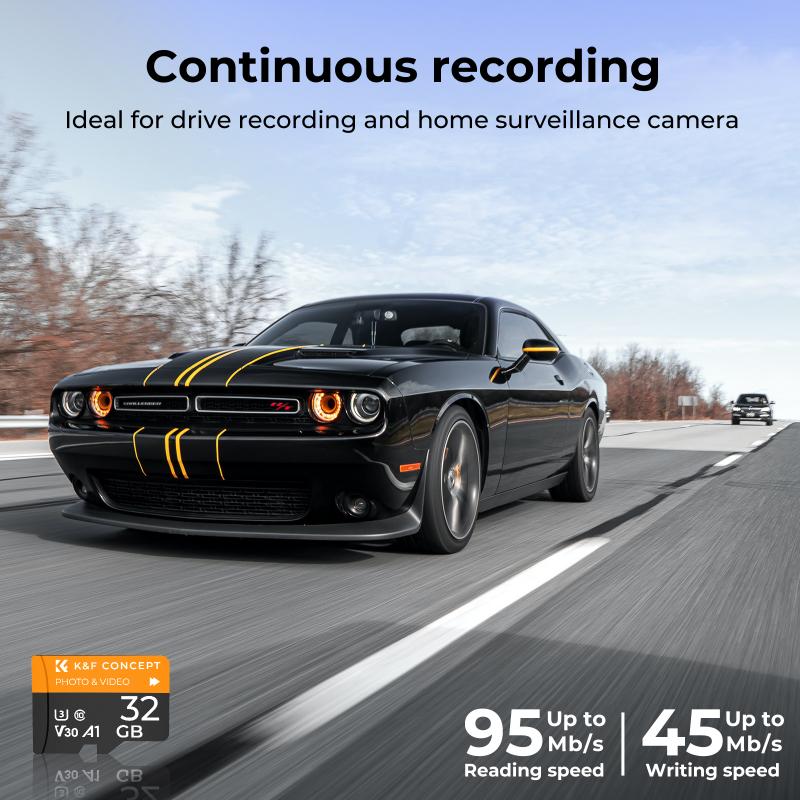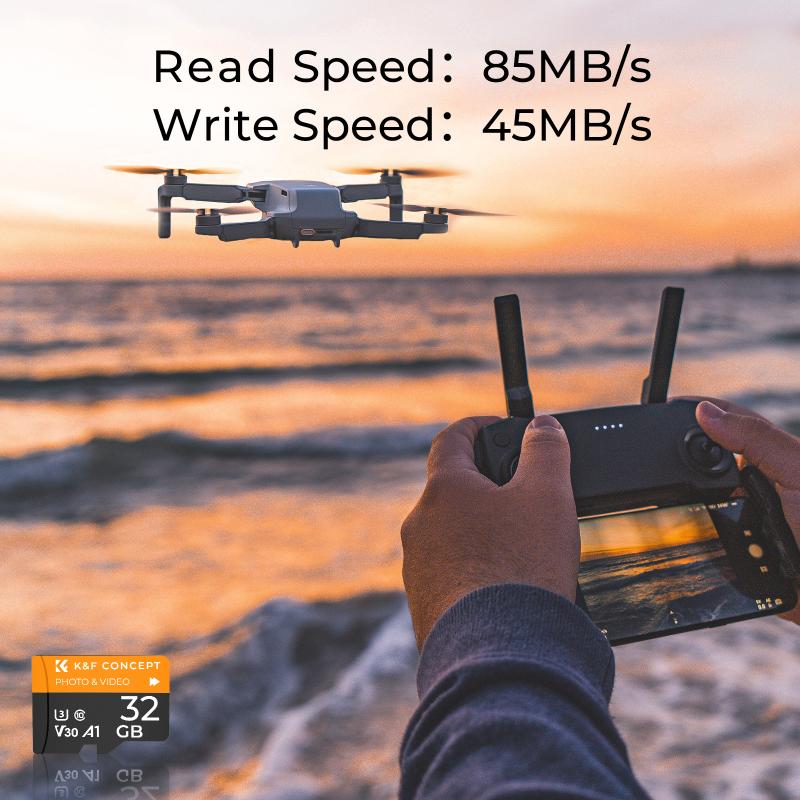How To Use The Sd Card Reader?
In today's digital age, the use of SD cards has become ubiquitous, whether for expanding storage on devices, transferring data, or simply backing up important files. However, many users still find themselves puzzled when it comes to using an SD card reader. This article aims to demystify the process, providing a comprehensive guide on how to use an SD card reader effectively. By the end of this article, you will have a clear understanding of the steps involved, common issues, and best practices to ensure a smooth experience.
Understanding SD Card Readers

An SD card reader is a device that allows you to read and write data to an SD card. These readers come in various forms, including built-in readers in laptops, USB-based external readers, and multi-card readers that support various card formats. The primary function of an SD card reader is to facilitate the transfer of data between the SD card and your computer or other devices.
Types of SD Cards

Before diving into the usage of SD card readers, it's essential to understand the different types of SD cards available:
1. SD (Secure Digital) Card: The original format, typically ranging from 128MB to 2GB.
2. SDHC (Secure Digital High Capacity) Card: Ranges from 4GB to 32GB.
3. SDXC (Secure Digital Extended Capacity) Card: Ranges from 64GB to 2TB.
4. MicroSD Card: A smaller version of the SD card, commonly used in smartphones and tablets.
Step-by-Step Guide to Using an SD Card Reader

Step 1: Insert the SD Card into the Reader

1. Identify the Correct Slot: Ensure you are inserting the SD card into the correct slot of the reader. Some readers have multiple slots for different card types.
2. Insert the Card: Gently insert the SD card into the slot. Ensure the card is oriented correctly, usually with the label facing up.
Step 2: Connect the Reader to Your Computer
1. USB Connection: If you are using an external SD card reader, connect it to your computer via a USB port. Most modern computers will automatically recognize the device.
2. Built-in Reader: If your computer has a built-in SD card reader, simply insert the card, and the system should recognize it.
Step 3: Access the SD Card
1. File Explorer (Windows): Open File Explorer and look for the SD card under "This PC" or "My Computer." It will usually appear as a removable drive.
2. Finder (Mac): Open Finder, and the SD card should appear under the "Devices" section.
Step 4: Transfer Files
1. Copying Files: To transfer files to or from the SD card, simply drag and drop the files between the SD card and your computer's storage.
2. Organizing Files: Create folders on the SD card to organize your files better. This is especially useful for photographers and videographers who need to manage large amounts of data.
Step 5: Safely Eject the SD Card
1. Windows: Right-click on the SD card in File Explorer and select "Eject." Wait for the system to confirm that it is safe to remove the card.
2. Mac: Click the eject icon next to the SD card in Finder or drag the SD card icon to the Trash.
Common Issues and Troubleshooting
Issue 1: SD Card Not Recognized
1. Check Connections: Ensure the SD card is properly inserted and the reader is securely connected to the computer.
2. Update Drivers: Sometimes, outdated drivers can cause recognition issues. Update your computer's USB and SD card reader drivers.
3. Try Another Port or Reader: The issue might be with the USB port or the reader itself. Try using a different port or another reader.
Issue 2: Data Corruption
1. Backup Regularly: Always keep a backup of important data to avoid loss due to corruption.
2. Use Reliable Cards: Invest in high-quality SD cards from reputable brands to minimize the risk of data corruption.
3. Avoid Interruptions: Do not remove the SD card while data is being transferred, as this can lead to corruption.
Issue 3: Slow Transfer Speeds
1. Check Card Speed: Ensure you are using an SD card with a suitable speed class for your needs. Higher speed classes (e.g., Class 10, UHS-I) offer faster transfer rates.
2. Use USB 3.0: If your reader and computer support USB 3.0, use it for faster data transfer compared to USB 2.0.
Best Practices for Using SD Card Readers
1. Regularly Format SD Cards: Periodically format your SD cards to maintain optimal performance. Ensure you back up all data before formatting.
2. Handle with Care: SD cards are delicate. Handle them with care to avoid physical damage.
3. Keep Software Updated: Regularly update your computer's operating system and drivers to ensure compatibility with SD card readers.
Using an SD card reader is a straightforward process, but understanding the nuances can significantly enhance your experience. By following the steps outlined in this guide, you can efficiently transfer data, troubleshoot common issues, and adopt best practices to ensure the longevity and reliability of your SD cards. Whether you're a professional photographer, a student, or someone who simply needs extra storage, mastering the use of an SD card reader is an invaluable skill in today's digital world.

There are no comments for this blog.